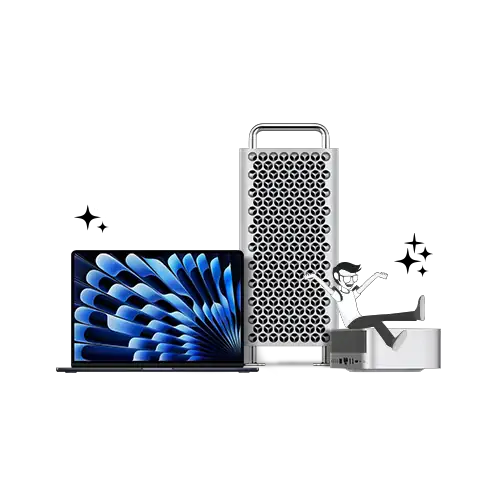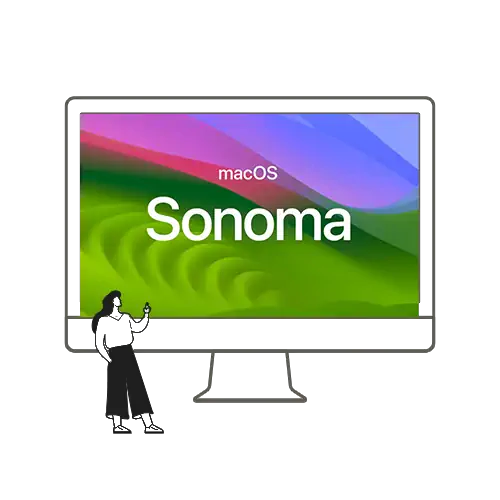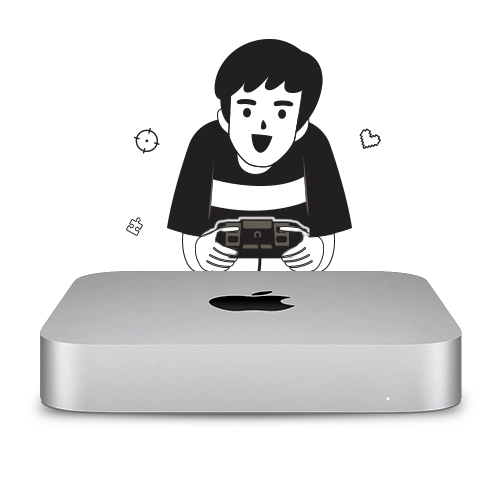Apps are a major part of any operating system, and MacOS is no exception. Although Macs come preloaded with a variety of useful apps, you will soon find the need to install additional tools that make your Mac more powerful and functional.
Following is a comprehensive guide that lists down the various methods with which you can install apps on your Mac, the multiple ways in which you can use the apps, and if you don’t like an app, we also tell you how to delete it from your system. Let’s get going …
Installing a new app
App Store
The App Store comes pre-installed on your Mac, and you can download apps directly from there. It’s the easiest (and the best) way to get an app.
All you have to do is open the App Store app and search for the app you’re looking for using the search box. Then choose to ‘Get’ the app. If the app is free, your download will start right away. If it’s a paid app, then you’ll be prompted to use the credit card/debit card linked to your Apple ID to pay for it.
The App Store asks you for your Apple ID password that’s registered on your Mac before it starts downloading the app. You get the updates for the app right from the app store when required. This is the safest way to download an app on your Mac as all the apps on the App Store come with security approvals directly from Apple.
Another advantage of downloading from the App Store is that the app can be shared over family sharing. So you need to pay only once for an app and up to 5 members in your family will be able to use it.
Developer Website
Not every app will be available on the Mac App Store. It may be because the app failed the screening test by Apple or maybe the developer just chose not to publish on the App Store. If you’re looking for a particular app that’s not available there, you will have to head to the developer’s website (or wherever the developer chooses to post the download link). The app gets downloaded in the form of dmg file that installs on your Mac as a native app.
Note: By default, you cannot install apps from anywhere else except the App Store. You will have to enable this permission for third party apps.
Here’s how to change the permissions
Go to System Preferences>Security and Privacy. Set ‘Allow Apps Downloaded from’ to ‘AppStore and identified developers’. This setting bypasses your system’s firewall, so you must be absolutely sure about the app and the developer.
When Apps are downloaded, the system asks you to drag them into your Applications Folder, and it is advisable to follow this suggestion.
Apps from developer website can also be updated, but it happens within the app (not through the App Store). Also, you won’t be able to share it with your family.
Accessing Downloaded Apps
Now that you’ve downloaded a Mac app and installed it, let’s look at the ways to access it. There are four options avaialable for this:
Applications Folder
Apps downloaded directly from the App Store are kept in this folder. You can access the apps by going to
Finder>Applications >*Application Name*.app. If you find this process a bit lengthy, (and yes, it is), then the next three processes are quite a breeze.
Launch Centre
Launch Centre contains all the apps sitting on your Mac. You can access any app from there by just pressing F4 on your Mac. If you want to use the trackpad to reach there, try the four finger-closing pinch to access the launch centre. Either way, it’s a great option to have. (The shortcuts may vary from Mac to Mac. Check for your model on the Apple support website: https://support.apple.com/en-in/HT201236)
Dock
Dock is the application tray right at the bottom of your Mac desktop screen. It’s always active, but you can magnify or hide it as per your convenience. You can customise your dock to hold the Apps you most frequently use so that you can launch them directly from here with a single click. It is the easiest way to access apps on a Mac. However, too many apps on the Dock can make it cluttered and hard to use. Keep only the most essential apps only on your dock, for everything else, you have —
Spotlight
Spotlight is a powerful tool for your Mac. I use it for almost everything from launching apps to finding files and folders. You can launch Spotlight by pressing [command + space] and type the name of the application that you want to launch in the search bar that pops open.
You can also launch Spotlight from the top right corner of your Mac. It’s situated as a magnifying lens icon right next to your time and date stamp.
Uninstalling Apps
Applications Folder
Uninstalling an app is the easiest thing to do on a Mac. All you have to do is go into the applications folder on your Mac, navigate to the app you want to get rid of, and just drag it down to the Trash. Empty the trash and the app is permanently removed from your Mac. Simple as that!
Launch Center
Another way of uninstalling apps on a Mac is from the Launch Centre. Long press on the App and the apps start wiggling just like on your iPhone. You will see a cross icon on the top. Click on this cross over the app you want to delete and you’re done. You don’t have to empty the trash after this process.
The methods above for removing app only remove the apps from your Mac. There will be library files for the application still inside your Mac. You can find them under the subsequent folders of Cache, Library files and App support files for that particular app. There’s one more way of uninstalling the apps on your Mac that gets rid of all the files along with the application.
Third-Party App
AppCleaner is one of the many apps used for uninstalling an application completely from your Mac. It’s a great application for removing the library files and all other related files for the app. All you’ve got to do is open AppCleaner, search for the app you want to delete and AppCleaner will bring up all the associated files with the app. You can delete all the files at same time, or a part of them by selecting them individually. And then removing them from Trash. It’s a great app to have if you don’t’ like the traditional method.
So these are all the ways in which you can install, access and delete apps on your Mac. Try them out and select the ones that work best for you.




